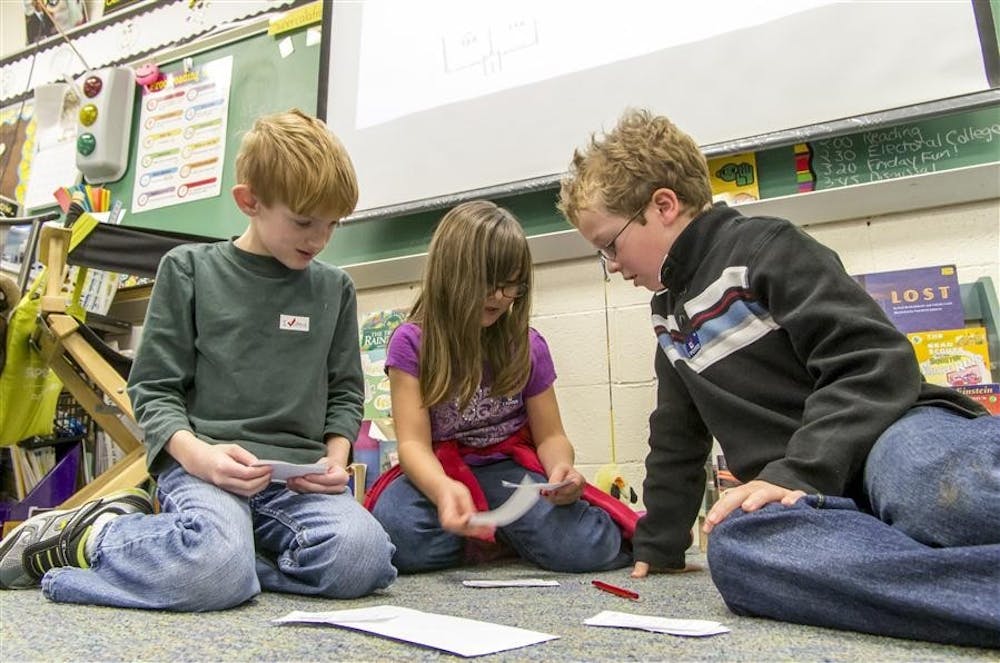In all of my language-learning experiences, whether that's taking Japanese in college or learning Spanish in high school, I often ponder what a challenge learning a language actually is. At the time, I would question, “How did I even learn English as a kid?” Well, in many cases, children are better language learners than adults.
According to a recent MIT study, researchers found it is close to impossible for people to achieve native-like proficiency in a language unless they start learning it by the age of 10. After that, the ability to learn a language starts dropping gradually until the ages of 17 to 18, when it drops sharply. Most American public school systems don’t start teaching languages until around eighth grade, so they are missing out on the prime time for language learning. This leaves a lot of potential in the dust for many students’ future careers and leaves them at a potential professional disadvantage compared to multilinguists.
According to a Michigan State University article, researchers found that young adults who were bilingual scored better on attention tests and exhibited better concentration skills compared to their monolingual counterparts. On top of that, they also found that bilingual people respond faster and more accurately to most questions.
The same article also discussed how bilingualism leads to strengthened creative skills and critical thinking skills. Also, it has been observed that multilingualism delays the onset of Alzheimer's.
This set of benefits alone would be incredibly helpful to the average college student. After all, I have observed that many students find it hard to pay attention in long and boring lectures. I’m also sure that the average college student would greatly benefit from better test-taking and critical thinking skills.
[Related: Café Hispano gives students a breadth of Spanish culture not found in Spanish classes]
However, given the current teacher shortages and underfunding of the public education system, implementation of this scale would be a tedious task. Regardless, I still believe that this change would be helpful to most students.
There are also chances for professional career development. According to Language Testing International, people who speak more than one language earn 5 to 20% more per hour than their monolingual counterparts. On top of that, there is an increasing demand for bilingual and multilingual speakers. The same article indicated that 56% of U.S. employers said their demand for bilingual and multilingual speakers will increase in the next five years.
All these benefits would be at the behest of many students. However, due to the public education system neglecting early language-learning, obtaining them becomes increasingly difficult. There are some states that have taken the first steps to reform like California and Massachusetts, which have started to repeal their English-only education laws. Since there is no official language in the U.S., it is up to the states to choose if they want to implement bilingual educational structures into their public school systems. Due to the nature of the small change, there is a chance it could spark future development in other states.
Given all the benefits, why not start early when language learning is easier? You cannot deny that we are living in an ever more globalized world, and multilinguists will likely be at the forefront of society as business leaders, teachers and innovators. So instead of starting late, we really should start early to give children this special skill.
Owen Darland (he/him) is a freshman studying international studies and journalism.






